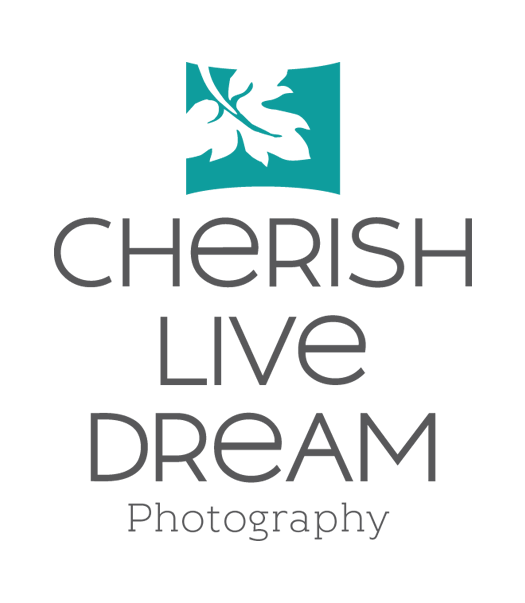What to wear is a big question. The selection of proper clothing for your portrait is a critical factor in the preparation for a successful portrait.
If the clothing is noticeable in a portrait, it could easily become a distraction. Clothing that does not attract attention to itself is the ultimate goal. It could be the difference between a very successful portrait and just another picture. I can not stress enough how important it is for you to observe the following criteria. It is quite possible that if inappropriate clothing is selected, the photographer may ask you to change your selection before the portrait sitting is made.
Dark Clothing Tends to Slenderize
Darker clothing helps to blend the bodies with the background, so that the faces are the most important part of the photograph. Dark colors definitely tend to slenderize the subject. Light colors seem to add weight to the bodies.
The color of the clothing should always be toned down. Bright colors attract attention away from the face. Colors MUST be dark and not bright. This is ESSENTIAL! When choosing lighter colors, stick to pastels, but avoid pink tones. Pale yellow and pale blue work well, especially with jeans or kaki pants.
Prints and any kind of pattern – no matter how small – become a distraction.
In the case of digital portraits, in particular, small patterns in clothing (even a small herring-bone or checkered pattern) can cause terrible distortions to appear in the portrait that are not originally there.
Avoid Short Sleeve Clothing and Short Pants
Long sleeved or quarter sleeved clothing is a MUST! For casual portraits it is equally important to wear long pants instead of shorts. When arms and legs are exposed to the camera there will be more flesh in the photograph in those areas than on the face, itself. This is a major distraction.
White shirts and/or blouses under a dark jacket are perfect. A scarf loosely tied around the neck also helps to frame a face beautifully when a collarless blouse or sweater is worn. Neckties should definitely be toned-down in color and with a minimum of pattern.
Group Portraits
Clothing for group portraits must be carefully selected to blend the bodies together. First, decide whether the basic tone of the clothing will be warm-toned (browns, etc.) or cool-toned (blues/grays/blacks, etc.) Then, make sure to follow all of the above instructions. Keeping a group in similar colors focuses the attention of the portrait to the faces and individuals that make up the portrait. Dissimilar colors in groups tend to be more distracting.
Proper Necklines for a Portrait
The most flattering neckline for anyone is something that comes up close to the neck. A wide-open neckline tends to thicken the neck in a photograph. On the other hand, a neckline that comes up to the base of the neck – a turtleneck or a v-neck top is the most flattering. It tends to slim down the person and frames the face beautifully.
Finally, lay out all the clothing onto a bed. Shoes, socks, stockings (dark hose is mandatory) – everything should be included…shoes, too! Then, take a careful look at the collection. If your eye goes to any one item in particular, you can be certain that the same thing will happen in a photograph. That item should be changed.
Clothing should not be too tight or too loose. Clothing below the waistline should be darker than above. Otherwise, even light jeans worn below a darker top could easily attract attention to the lower part of the body and away from the face.
Casual Beach Portraits
For a beach portrait session it is sometimes a good idea to dress in light colored clothing, so that the bodies will blend with the light-colored sand. In this situation all white or pastel clothing works fine. Avoid pink shirts. All white clothing is great. White shirts and jeans work well, too. White shirts with beige pants is even better. Staying all in light tones can be very effective in this type of environment. Still, remember to dress everyone in the portrait similarly. You have to blend the bodies of everyone together, so that the faces stand out. This is essential particularly in a group portrait.
Glasses
Eye glasses may or may not be worn. Non-reflective lenses, of course, are a big help. Better yet, sometimes it’s possible to obtain a matching set of frames without any lenses. This is particularly helpful, if your lenses sometimes distort the outline of your face.
Final Thoughts
Your portraits are meant to be enjoyed for generations to come. Fad-type clothing should be avoided, unless you are planning to have new portraits made annually.
You will feel very rewarded when you view your photographs. All of your efforts will be worthwhile.
Have Questions? Ask Sarah
Call: 904.982.7750
